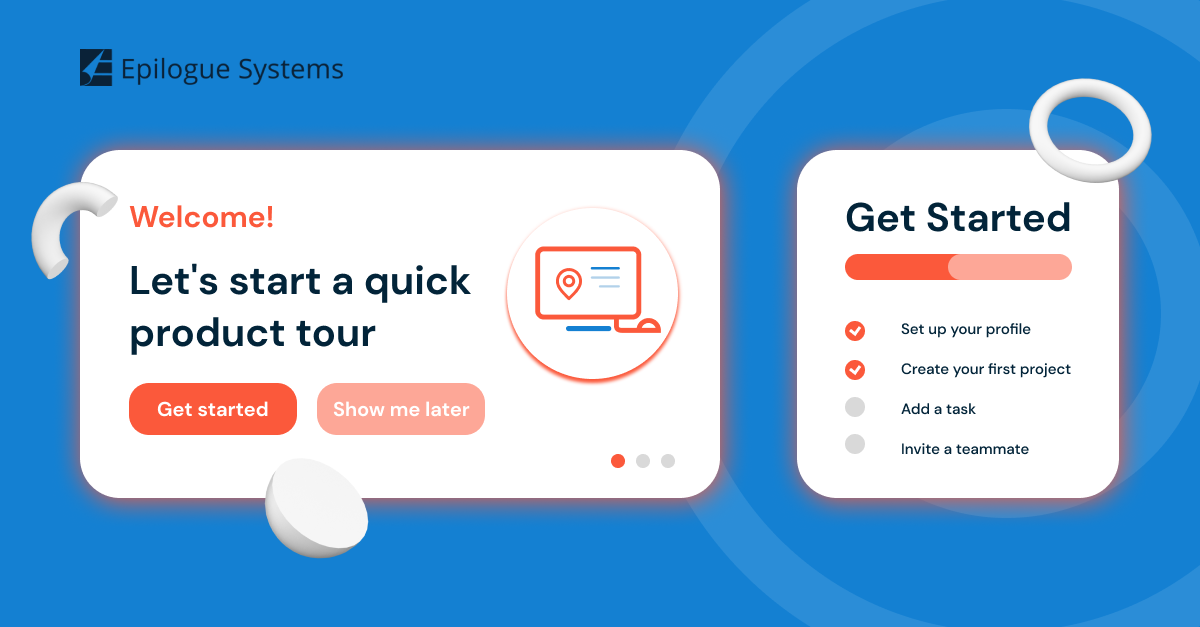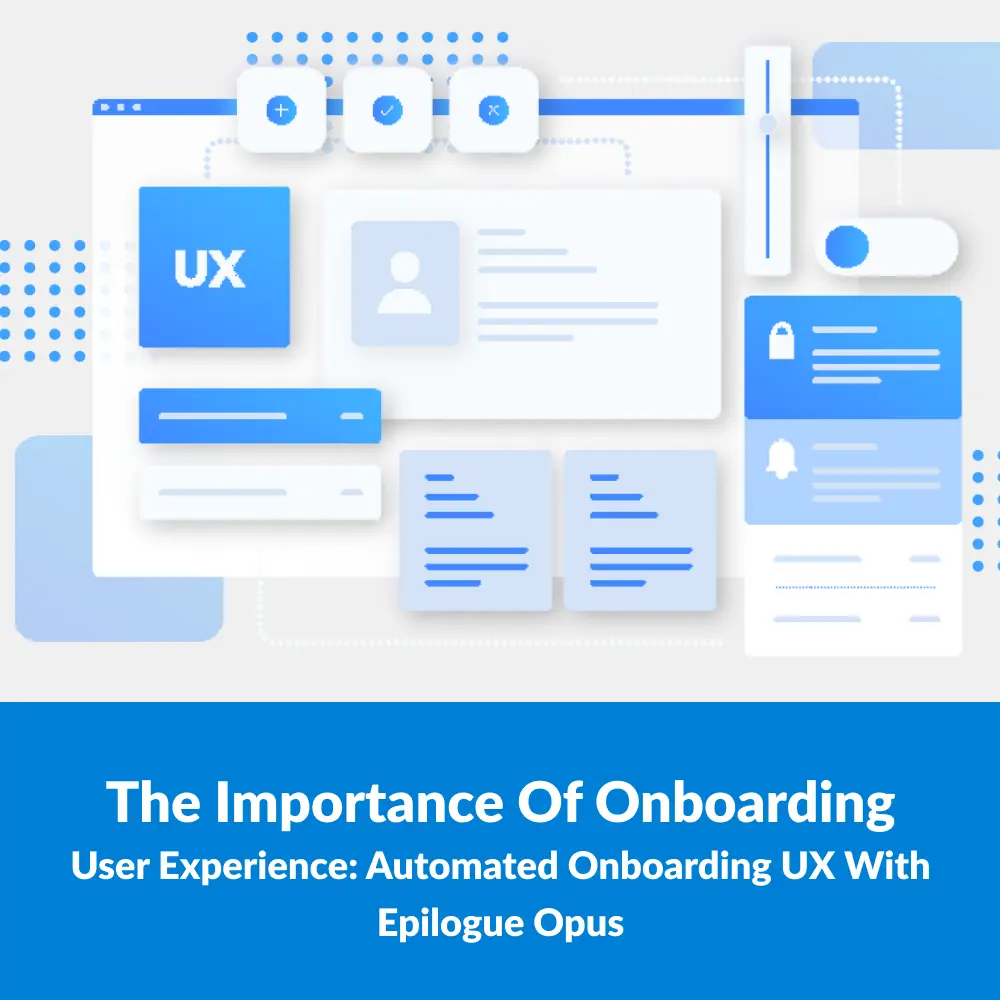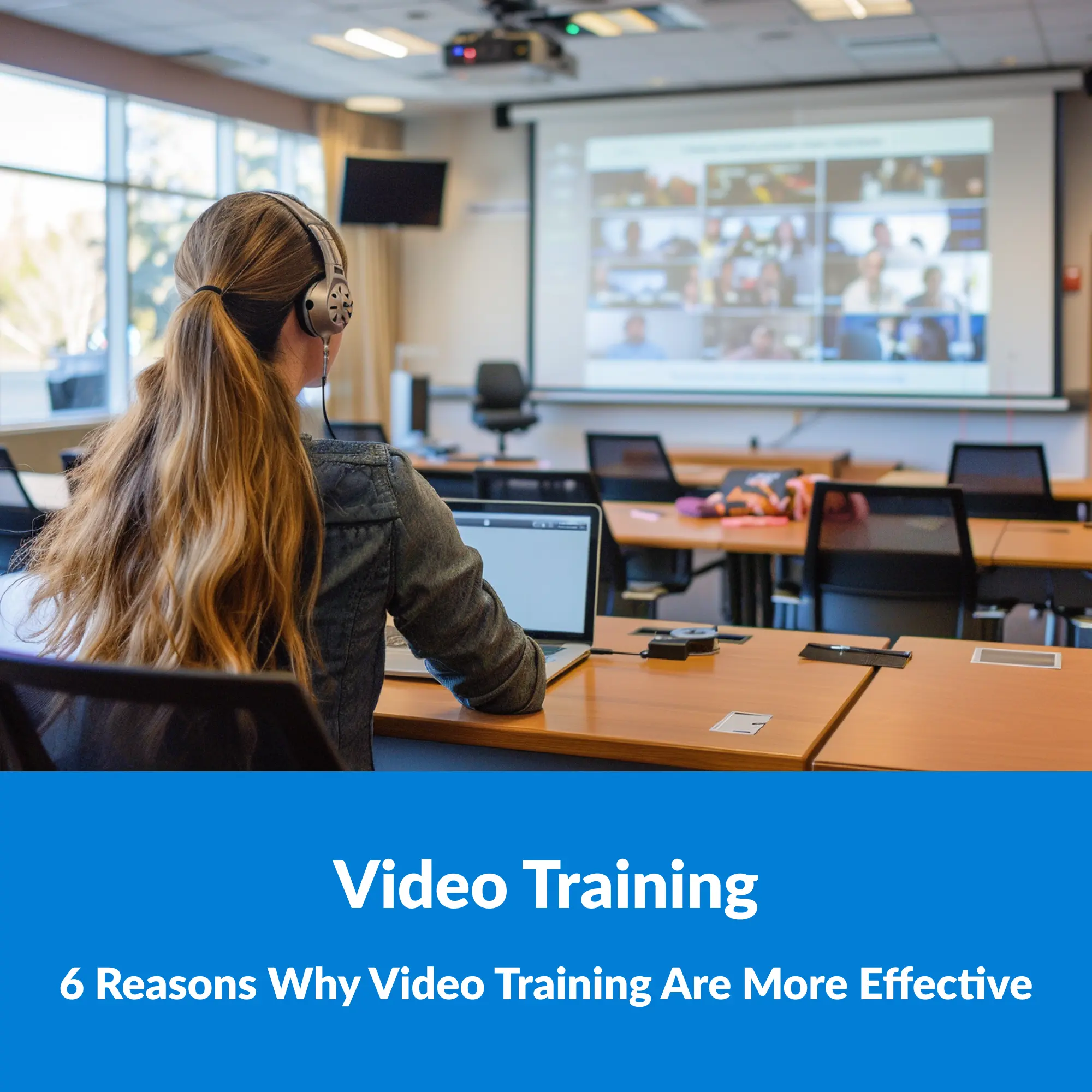
Imagine you are on a date. We often talk about first impressions as an important factor determining the success of a long term relationship. That’s why we often spend hours deciding where to meet and what to wear…to impress others. So does an app.
This is how new product users feel when they open your app for the first time. A good onboarding user experience (Onboarding UX) makes a great first impression and helps your users get excited and look forward to the next experience. Onboarding UX refers to the process of guiding users as they familiarize themselves with a new software or application, ensuring a seamless transition and efficient utilization. This article delves into the significance of onboarding UX and explores how Digital Adoption Platforms (DAPs), specifically Epilogue Systems’ DAP, Opus, play a pivotal role in optimizing this experience.
The power of Onboarding UX
Creating a Positive First Impression
B2B enterprise applications are critical to business outcomes. Implementing, updating or optimizing them are major projects requiring significant investment in terms of money, time and organizational resources. Achieving the desired outcomes from such applications requires a lot of things to go right and one of the most important is that users need to adopt these systems and use them as intended.
First impressions matter, and in the realm of software adoption, they can make or break user engagement. A well-designed onboarding process not only showcases the software’s value proposition but also leaves users with a positive impression. By providing a visually appealing and user-friendly introduction, Onboarding UX sets the stage for effective user adoption and proficient use.
Reducing Time-to-Productivity
The period between signing up for a software and achieving full productivity can be a frustrating and lengthy journey. Onboarding UX reduces the time it takes for users to become proficient in using the software. By providing step-by-step help, tutorials and task guidance, users can quickly grasp essential features and functionalities, enhancing their overall experience and effectiveness.
Fostering Engagement and Confidence
A user who feels confident while navigating a software application is more likely to engage with its features and explore its capabilities. Onboarding UX instills this confidence by eliminating confusion and ensuring that users understand how to accomplish tasks efficiently. When users feel empowered, they are more likely to explore advanced features and become loyal advocates for the software.
Types of onboarding UX
Product Tours
Product tours guide users through the software’s key features step-by-step through a series of videos, images, animation. For instance, a project management tool could offer a guided tour of creating tasks, assigning team members, and tracking progress.
Walkthroughs (also known as Flow or Guides)
Walkthroughs are as the name implies, they walk the user through application processes step by step. On the live target application, each step in a process is highlighted with instructions provided for each step, allowing the user to interact with the live target application as needed. Guiding a user through a goal setting process in Workday or through a material requisition process in Oracle are great examples of where a walkthrough adds great value. Walkthroughs are very valuable for new user onboarding and users performing infrequent tasks and they don’t remember how to do them. Epilogue Opus walkthrough capability, called Follow Me, is especially impressive in its ability to guide the user, giving instruction while the user performs the task.
Simulations
People learn differently and some users prefer to watch a short “movie” showing how to perform a process. This is called a simulation. This allows the user to do this at their convenience or even as they are performing the process. There can be different forms of simulations, a watch and listen simulation, a “try it” simulation where the user is prompted to interact at each step in a simulated environment with nothing to do with the actual live target application, or a “test” simulation where the user is expected to interact without prompts – this is often associated with an eLearning course or an LMC curriculum. Epilogue Opus provides all three versions.
Job Aids
Job Aids are a classic and well accepted way to help users through an application process or task. With screenshots and instructions, often with additional notes to provide more insight, they allow the user to read the information at their own pace. Job Aids are good for reminder or remedial learning, especially for someone who is familiar with the process, may do the process occasionally, but may need some help only at certain steps. This is a faster and easier way to help the user than a walkthrough, which can be a bit annoying for an experienced user.
Task List and Checklist
Task lists break down the onboarding process into manageable steps. An email marketing platform could present a checklist for importing contacts, designing a template, and scheduling a campaign.
Hotspots
Hotspots draw attention to specific areas on the user interface. When you click on the hotspot, it opens up a web page or a window with information to help the user. An e-commerce platform might highlight the shopping cart icon and provide access to help that explains its functionality.
Tooltips
Tooltips have been around for a long time and are brief messages that appear when a cursor hovers over an icon, hyperlink, image or other component inside your product’s UI. Tooltips can be combined with hotspots, capturing the user’s attention and letting the user know what will happen if they click on the hotspot.
Epilogue Systems: Automating Online Training
In a world where software adoption drives innovation, investing in Onboarding UX is a strategic choice that yields long-term dividends. It’s time for businesses to embrace this philosophy, redefining how users embark on their software adoption journey.
Epilogue Systems is a robust solution for automating online training through its innovative Digital Adoption Platform – Opus. By integrating interactive walkthroughs, contextual guidance, and task-oriented onboarding, Opus ensures that users swiftly adapt to software applications. This automated approach not only enhances user experience but also reduces the burden on customer support teams, enabling them to focus on more complex inquiries.
Conclusion
In today’s competitive digital landscape, prioritizing onboarding UX is no longer an option; it’s a necessity. Through effective onboarding UX patterns like product tours, contextual guidance, and interactive flows, users gain confidence and navigate software applications effectively. Opus exemplifies the future of supporting users at all proficiency levels, from onboarding new users to helping users with growing proficiency. Opus ensures users unlock the full potential of critical enterprise software applications. As businesses strive to deliver ROI from their software investments and achieve the business outcomes they enable, Opus can make a transformative difference for your users.





